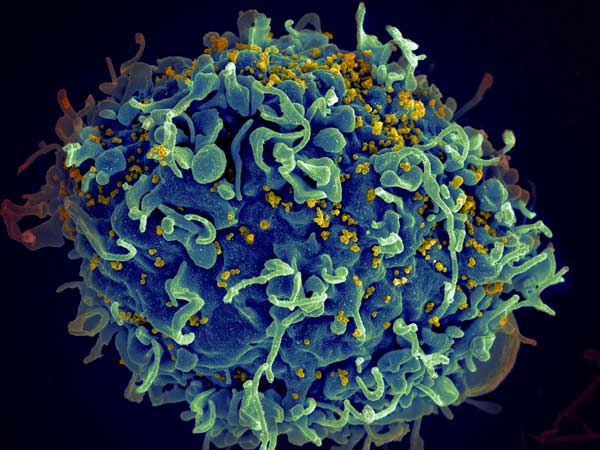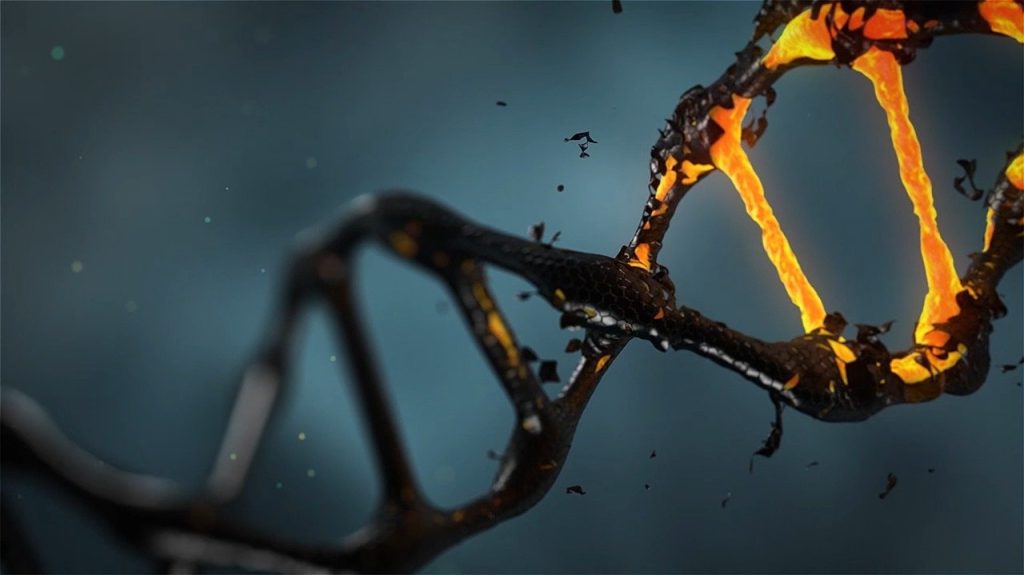Research Throws Cold Water on COVID ‘Lab Leak’ Theory

The source of the COVID pandemic likely is down to live animals sold at the Huanan Seafood Wholesale Market, according to an international team of researchers.
The researchers traced the start of the pandemic to the market in Wuhan, China, where animals susceptible to the virus were sold live immediately before the pandemic began. Their findings were published in a pair of papers in the journal Science.
The publications all but rule out other explanations for the start of the pandemic, such as the ‘lab leak’ hypothesis. The authors further conclude that the first spread to humans from animals likely occurred in two separate transmission events in the Huanan market in late November 2019.
The first study looked at the locations of the first known COVID cases, as well as swab samples taken various places in the market. The second study examined genomic sequences of SARS-CoV-2 from samples collected from COVID patients during the first weeks of the pandemic in China.
The first paper, led by University of Arizona virus evolution expert Michael Worobey and Professor Kristian Andersen, was able to determine the locations of almost all of the 174 COVID cases identified by the World Health Organization in December 2019, 155 of which were in Wuhan.
A ‘bullseye’ on the market
Analyses showed that these cases were clustered tightly around the Huanan market, whereas later cases were dispersed widely throughout Wuhan. A striking percentage of early COVID patients had not visited there but turned out to live near the market. This suggests that vendors got infected first and set off a chain of infections among community members in the surrounding area, said Worobey.
“In a city covering more than 3000 square miles, the area with the highest probability of containing the home of someone who had one of the earliest COVID cases in the world was an area of a few city blocks, with the Huanan market smack dab inside it,” said Worobey.
This conclusion was supported by another finding: When the authors looked at the geographical distribution of later COVID cases, from January and February 2020, they found a “polar opposite” pattern, Worobey said. While the cases from December 2019 mapped “like a bullseye” on the market, the later cases coincided with areas of the highest population density in Wuhan.
“This tells us the virus was not circulating cryptically,” Worobey said. “It really originated at that market and spread out from there.”
Worobey and collaborators also addressed the question of whether health authorities found cases around the market simply because that is where they looked.
To rule out bias even more, from the market outwards the team removed cases ran the stats again. They found that even when two-thirds of cases were removed, the findings remained the same.
“Even in that scenario, with the majority of cases, removed, we found that the remaining ones lived closer to the market than what would be expected if there was no geographical correlation between these earliest COVID cases and the market,” Worobey said.
The study also looked at swab samples taken from market surfaces like floors and cages after Huanan market was closed. SARS-CoV-2-positive samples were significantly associated with stalls selling live wildlife.
The researchers determined that mammals now known to be susceptible to SARS-CoV-2, including red foxes, hog badgers and raccoon dogs, were sold live at the Huanan market in the weeks preceding the first recorded COVID cases. The scientists developed a detailed map of the market and showed that SARS-CoV-2-positive samples reported by Chinese researchers in early 2020 showed a clear association with the western portion of the market, where live or freshly butchered animals were sold in late 2019.
“Upstream events are still obscure, but our analyses of available evidence clearly suggest that the pandemic arose from initial human infections from animals for sale at the Huanan Seafood Wholesale Market in late November 2019,” said Prof Andersen at Scripps Research, co-senior author of both studies.
Virus likely jumped from animals to humans more than once
The second study, was an analysis of SARS-CoV-2 genomic data from early cases.
The researchers combined epidemic modeling with analyses of the virus’s early evolution based on the earliest sampled genomes. They determined that the pandemic, which initially involved two subtly distinct lineages of SARS-CoV-2, likely arose from at least two separate infections of humans from animals at the Huanan market in November 2019 and perhaps in December 2019. The analyses also suggested that, in this period, there were many other animal-to-human transmissions of the virus at the market that failed to manifest in recorded COVID-19 cases.
Using molecular clock analysis, which relies on the natural pace with which genetic mutations occur over time, researchers established a framework for the evolution of the SARS-CoV-2 virus lineages. They found that a scenario of a singular introduction of the virus into humans rather than multiple introductions would not align with molecular clock data. Earlier studies had suggested that one lineage of the virus – named A and closely related to viral relatives in bats – gave rise to a second lineage, named B. The more likely scenario in which the two lineages jumped from animals into humans on separate occasions, both at the Huanan market, Worobey said.
“Otherwise, lineage A would have had to have been evolving in slow motion compared to the lineage B virus, which just doesn’t make biological sense,” said Worobey.
The two studies provide evidence that COVID originated via jumps from animals to humans at the Huanan market, likely following transmission to those animals from coronavirus-carrying bats in the wild or on farms in China. Moving forward, the researchers say scientists and public officials should seek better understanding of the wildlife trade in China and elsewhere and promote more comprehensive testing of live animals sold in markets to lower the risk of future pandemics.
Source: University of Arizona





